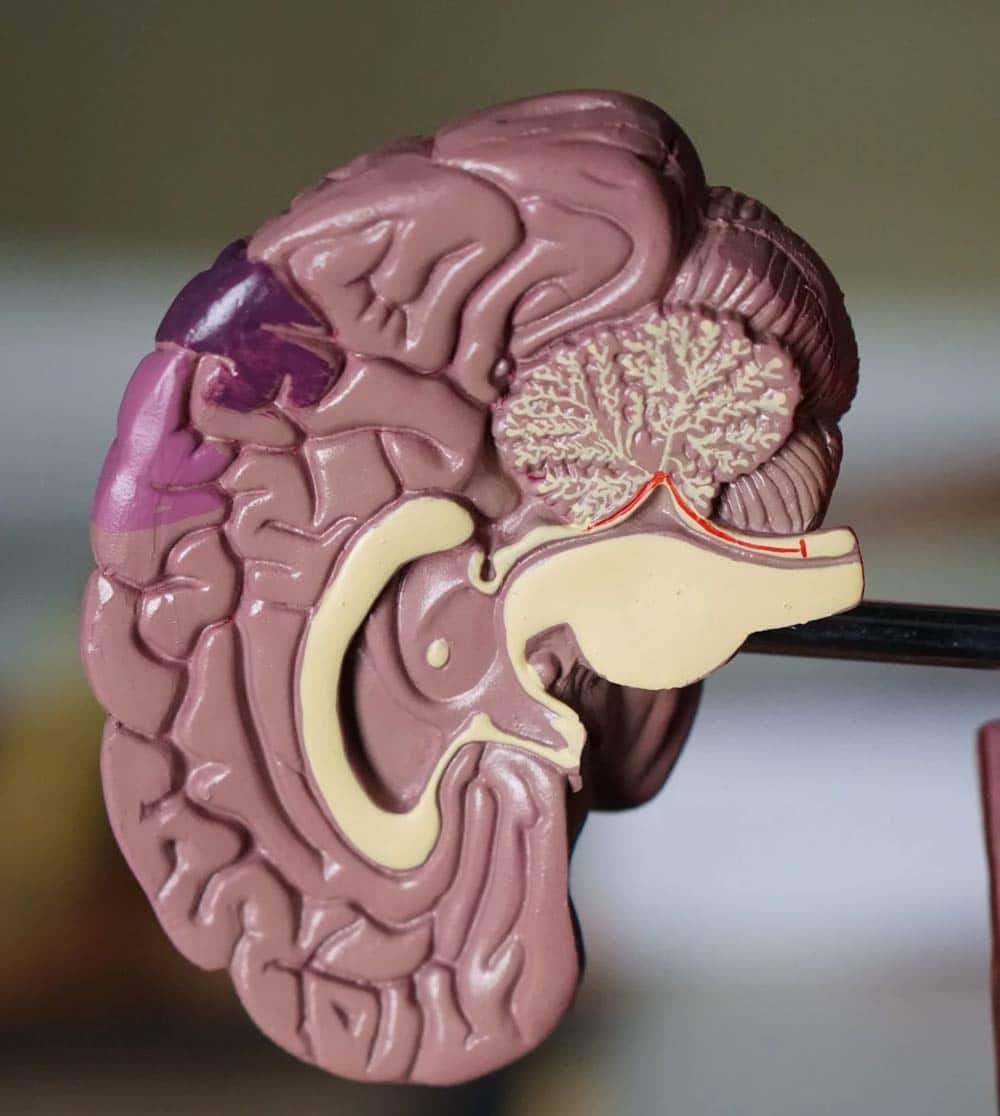What Is EMDR and How Can It Be Used?

That reaction makes sense—EMDR is a unique approach, and it can feel unusual at first. One reason for this is that a large part of the process happens in silence, while bilateral stimulation helps the brain reprocess a painful memory until it feels more “neutral.”
To explain this, I often use a metaphor: imagine you fall and cut your hand badly, but it doesn’t heal correctly. Every time something brushes against it, you feel pain, a constant reminder that the wound is still open. EMDR is like going back in to properly clean and stitch that wound so it can heal into a scar. You still remember how you got it and how painful it was—but it no longer hurts in the present.
A typical EMDR session begins by identifying a target memory and the negative beliefs or emotions connected to it. While the client focuses on that memory, the therapist introduces bilateral stimulation, usually through eye movements or taps. After each short set, the client notices whatever surfaces—thoughts, feelings, even physical sensations—while the therapist helps guide the process. Over time, the memory loses its sting and becomes more manageable.
It’s important to note: EMDR doesn’t erase memories. Instead, it changes the way they’re stored and how they affect you today. Many clients describe feeling lighter, calmer, and more in control after completing EMDR therapy.
In an EMDR session, a therapist helps the client recall specific disturbing memories while simultaneously engaging in bilateral stimulation. The eye movements or other rhythmic cues appear to mimic the brain activity that happens during rapid eye movement (REM) sleep, a stage of sleep associated with memory processing. Over time, this process allows the brain to “digest” the memory more fully. The facts of the memory remain, but the emotional charge often diminishes, making it less overwhelming
- Anxiety and panic disorders: EMDR can help individuals reprocess the underlying fears that fuel ongoing anxiety, leading to a reduction in symptoms.
- Depression: By targeting negative beliefs such as “I’m not good enough” or “I’ll never get better,” EMDR helps shift entrenched thought patterns.
- Phobias: Clients can confront the origins of their fears in a safe environment, reducing avoidance behaviors.
- Grief and loss: EMDR provides a structured way to process painful emotions, allowing people to hold memories of loved ones with more peace.
- Performance enhancement: Beyond clinical concerns, EMDR is sometimes used with athletes, performers, and professionals to reduce performance anxiety and increase confidence.
for your free consultation.
